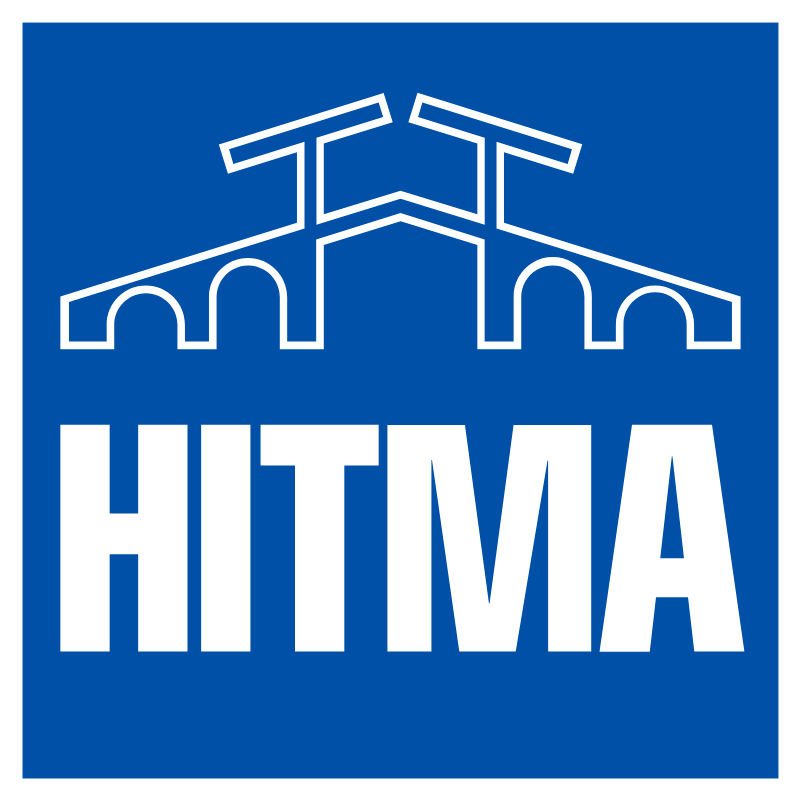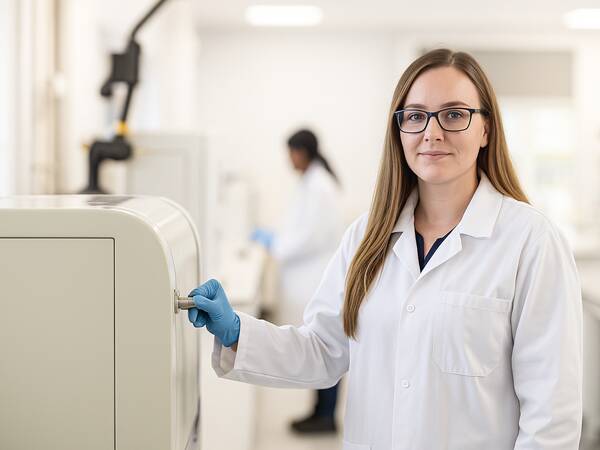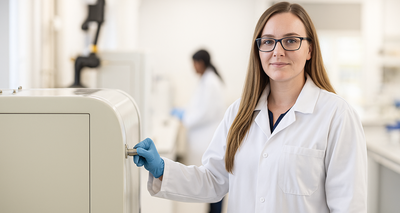

From May 1st, 2026, a new industry standard will officially take effect in the United States: USP?<665> testing for single-use components will become mandatory for pharmaceutical production. This was announced by the U.S. Pharmacopeial Convention (USP) and later confirmed by the FDA, which will require USP?<665> compliance for regulatory submissions involving drug manufacturing equipment and single-use systems.
I am already seeing the effects of the new regulation in supplier specifications and customer expectations. Although USP <665> will become mandatory in the United States, many global (bio)pharma companies are already requiring <665>-aligned data from suppliers, even in Europe. This means that even if your product is not intended for the U.S. market, you’re still likely to encounter this requirement from customers in global supply chains.
What is USP <665>?
USP <665> is a standardized, regulatory method for evaluating extractables and leachables (E&L) in single-use systems used during the manufacturing of (bio)pharmaceutical products. It covers plastic and polymer components that are in direct contact with the product, like bags, filters, tubing, and connectors, and that are used before the final fill of the product.
The USP <665> testing process is as follows:
- Extractables testing: Components are exposed to different solvents under controlled conditions (pH, temperature, contact time).
- Leachables risk assessment: If extractables are detected above a certain threshold (AET).
- Scientific justification of thresholds: USP?<665> requires a process-specific AET (Analytical Evaluation Threshold) based on patient exposure, surface area of the component, and toxicological safety limits.
- Risk-based matrix: The depth of testing (C1–C3 level) depends on the risk classification of the component, using criteria like temperature, duration of contact, and product type
USP <665> vs BPOG
This new chapter from the USP is set to replace the industry protocol known as BPOG (BioPhorum Operations Group) testing. While BPOG testing has provided useful best practices for evaluating extractables and leachables (E&L), it has never been legally enforceable. USP?<665>, on the other hand, is. Non-compliance can delay or complicate business with parties that require it. Many organizations are already transitioning away from BPOG “worst-case-only” protocols.
Although the underlying test methods (GC-MS, ICP-MS, etc.) are often the same, there are three critical differences between BPOG and USP <665> testing:
- Risk-based vs. worst-case: BPOG often uses “worst-case” testing conditions, while USP?<665> uses a risk-based matrix that reflects the actual process parameters (temperature, contact time, pH, and organic content).
- Tailored AET vs. fixed threshold: BPOG uses a general AET of 0.1 µg/mL, while USP?<665> requires a process-specific AET, calculated based on actual patient dose, product contact surface, and safety thresholds.
- Mandatory vs. flexible: Where BPOG is a voluntary standard, USP?<665> is enforceable. Non-compliance may block your regulatory submissions and therefore your product.
If your components are already BPOG-tested, that’s a great start. However, you’ll still need to take a few steps to ensure USP compliance.
How Hitma and our partners are preparing
At Hitma, we’re in close contact with our partners and suppliers. Many are already actively working toward full USP <665> compliance. Suppliers are re-qualifying parts and ensuring USP <665>/<1665> alignment. For instance, some of the connectors we distribute have already been tested to USP <665> standards. Additionally, tubing and assemblies from various manufacturers are being re-qualified to meet USP <665> requirements. Several suppliers of other products are currently working on making their products USP <665> compliant.
The introduction of USP <665>/<1665> is a significant change in the (bio)pharmaceutical industry, but the scope of its consequences will heavily depend on your specific application (risk tier, contact conditions, patient exposure, etc.). Do you want to know if your current systems are compliant? Or do you want to make sure your component library is “future proof” before 2026? Feel free to contact me.


